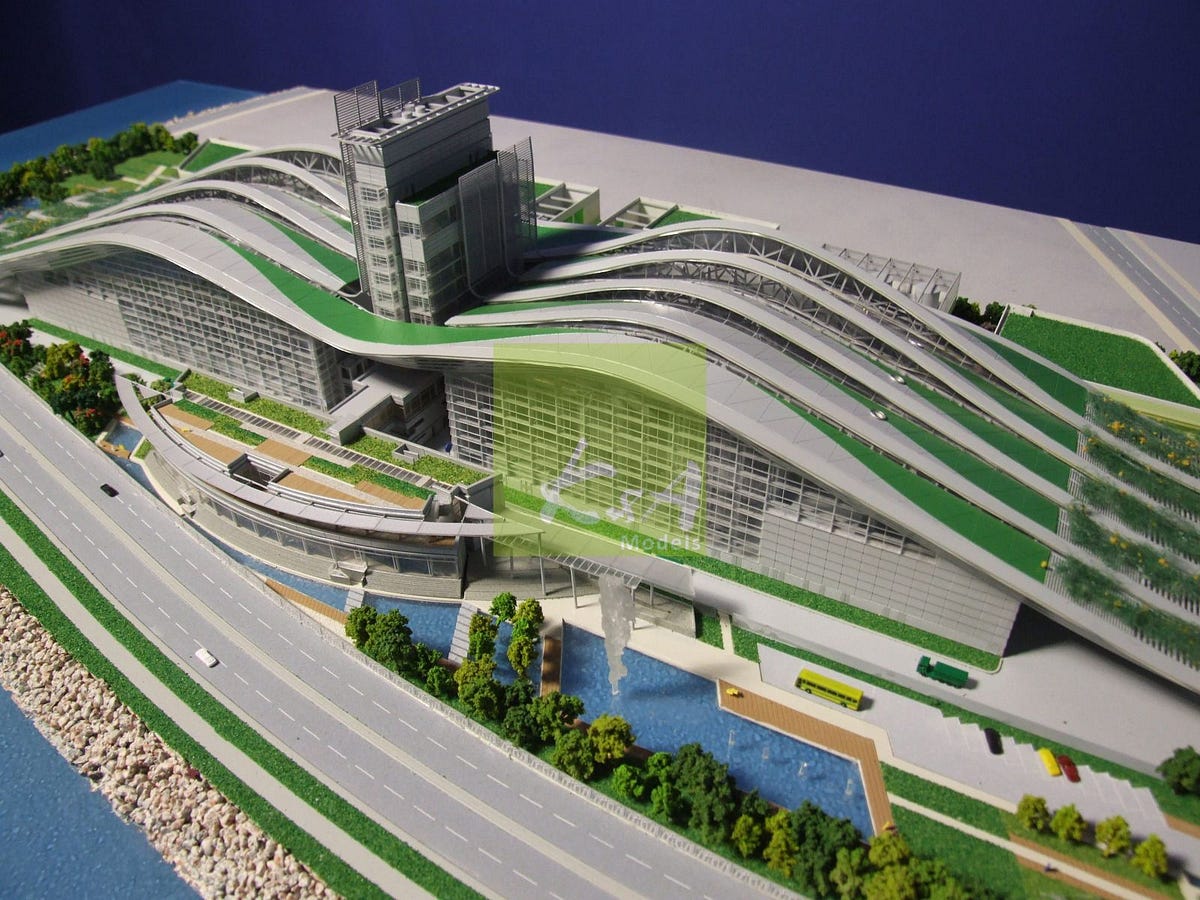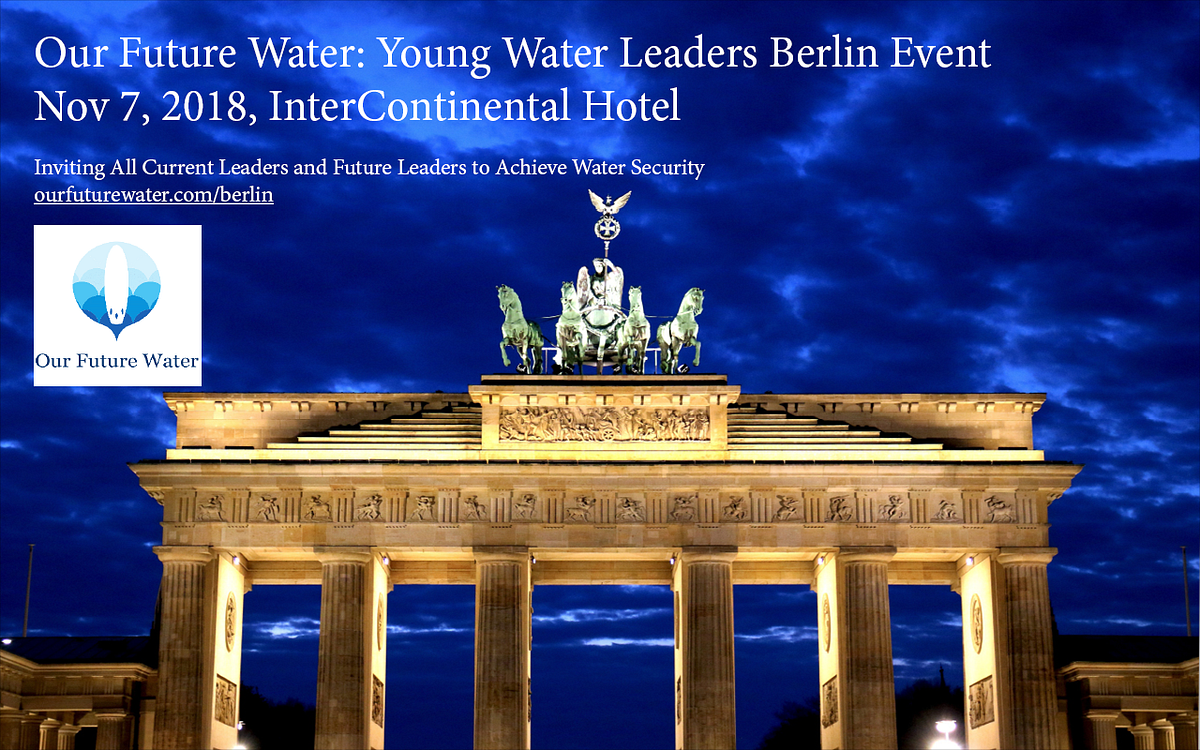Hong Kong’s Futuristic Waste-to-Energy Facility
Published on by Robert Brears, Founder of Our Future Water, Young Water Leaders, Mitidaption & Author (Springer Nature, Wiley) in Technology
Each day Hong Kong produces nearly 3 million cubic meters of sewage which equates to over 1,200 tons of sludge. Rather than relying on landfill as the only means of sludge disposal, Hong Kong has launched T · PARK, which is a futuristic waste-to-energy facility.
By Robert C. Brears*
Over the years, landfilling has been the solution to disposing of sludge, however, this is not a sustainable solution due to a substantial increase in the amount of sludge requiring disposal as a result of population growth over the past decades and the upgrading and improvement of the sewage treatment systems, including the Harbour Area Treatment Scheme, initiated in 2015, which coordinates the collection of both sides of Victoria Harbour. As a result, it is estimated that the amount of sludge will grow to 2,000 tons per day in 2030.
T · PARK producing energy and water
T · PARK’s solution is the burning of the sewage sludge through advanced incineration technology. The plant has the capacity to handle a maximum capacity of 2,000 tons of sludge per day with the heat generated recovered and turned into electricity that can meet the demand of the entire facility. When running at full capacity the plant can produce up to 2 MW of surplus electricity, enough to support 4,000 households. After incineration, the sludge is converted into ash and the residues — 90% less of the total original sludge volume — is disposed of in the landfills, which reduces emissions of greenhouse gases by up to 237,000 tons per year . In addition to T · PARKbeing a waste-to-energy plant, the plant also has an on-site desalination plant that supplies potable and process water with wastewater treated and reused for irrigation, flushing, and cleaning purposes.
T · PARK integrated with the surroundings
The building itself is futuristic with T · PARK showcasing a variety of green features including:
· Landscape and habitats: The surrounding area has more than 70% green coverage, including a landscape garden, a wetland habitat for natural wildlife, and green roofs
· Sustainable architecture: T · PARK’s flue gas stacks are concealed within the administration building, while the building design enables optimal use of daylight and minimizes artificial lighting
· Use of eco-materials: A full lifecycle approach was taken during the design and construction of the facility with the process of manufacturing building materials, construction, delivery of equipment, and the planning for eventual dismantlement following environmental guidelines
· Total water management : Potable and process water is generated onsite through a desalination plant while rainwater is harvested for non-potable use. All wastewater is treated and reused for irrigation and flushing to achieve ‘zero effluent discharge’

T · PARK educating the public
T · PARK has an Environmental Education Centre that offers recreational and educational facilities to the public, including:
· T · HALL: An exhibition hall where visitors can learn about the sludge treatment process through a range of interactive exhibits
· T · HABITAT: A reinstated natural habitat that is home to a variety of species including kingfishers, dragonflies, and a range of amphibians
· T · SPA: Three spa pools are supported by the heat energy recovered from the sludge incineration process, offering visitors hot, ambient, or cool temperatures while looking across Deep Bay
· T · ROOF : On the roof of the Environmental Education Centre there is a roof garden that provides visitors with a quiet outdoor environment as well as a view of Deep Bay
The take-out
Waste plants of the future not only close the loop in generating renewable energy and water supplies but also complement their natural surroundings.
*Robert C. Brears is the author of Urban Water Security (Wiley), The Green Economy and the Water-Energy-Food Nexus (Palgrave Macmillan), Natural Resource Management and the Circular Economy (Palgrave Macmillan), and Blue and Green Cities (Palgrave Macmillan). He is Founder of Our Future Water, Mitidaption, and Mark and Focus.
LinkedIn Groups: Our Future Water / Urban Water Security
Twitter: Mitidaption / YoungH20Leader
Attached link
https://medium.com/mark-and-focus/hong-kongs-futuristic-waste-to-energy-facility-76cc0e7d4c33Media
Taxonomy
- Solid Waste Management
- Sludge Separation
- Sludge Treatment
- Sludge Management
- Sludge Drying
- Waste to Value
- Energy
- Waste Water Reclaimation
- Energy
- Renewable Energy
- Waste to Energy
- Renewable Energy
- Waste Management
- Sludge Treatment & Management
- Waste Incineration
